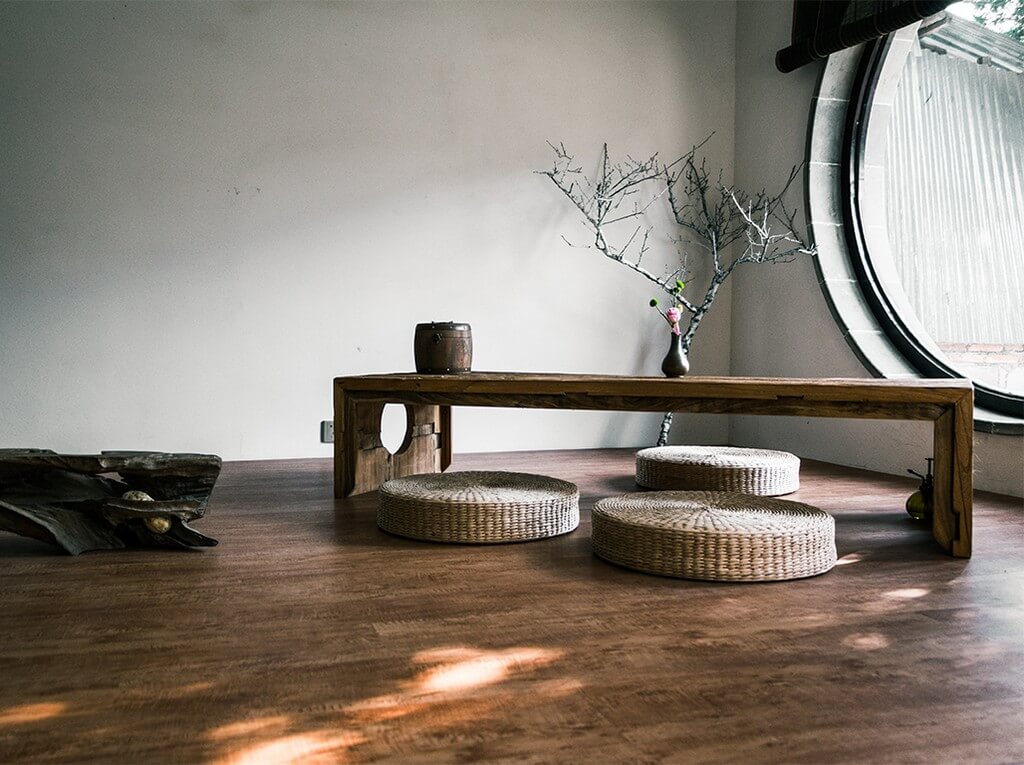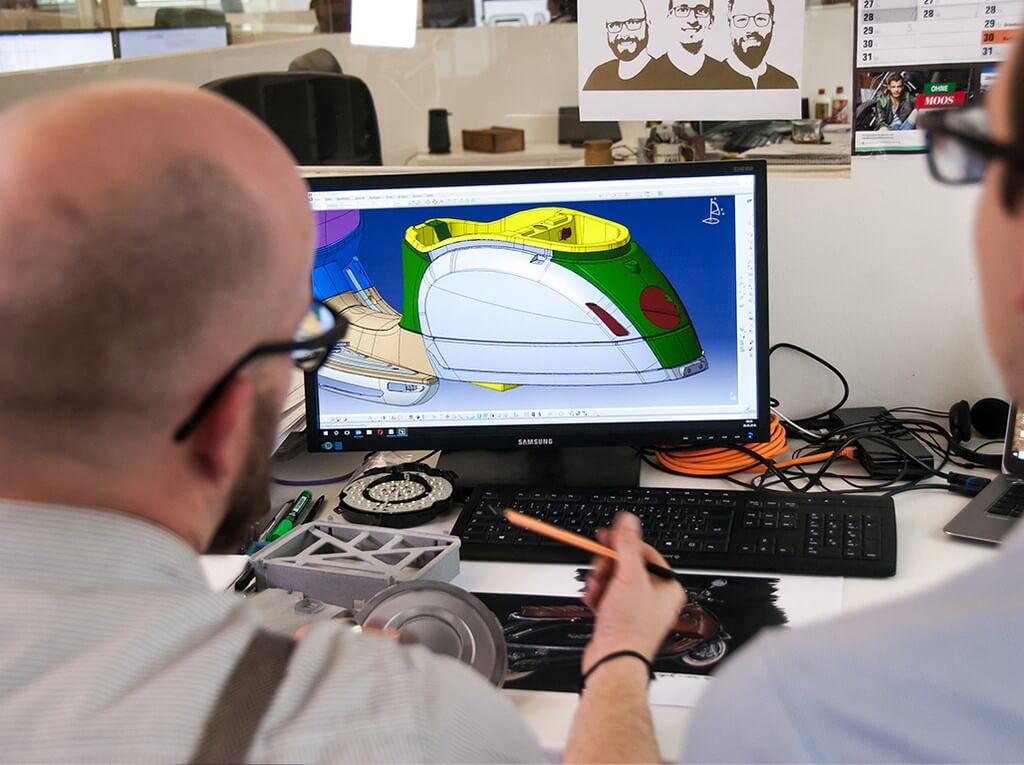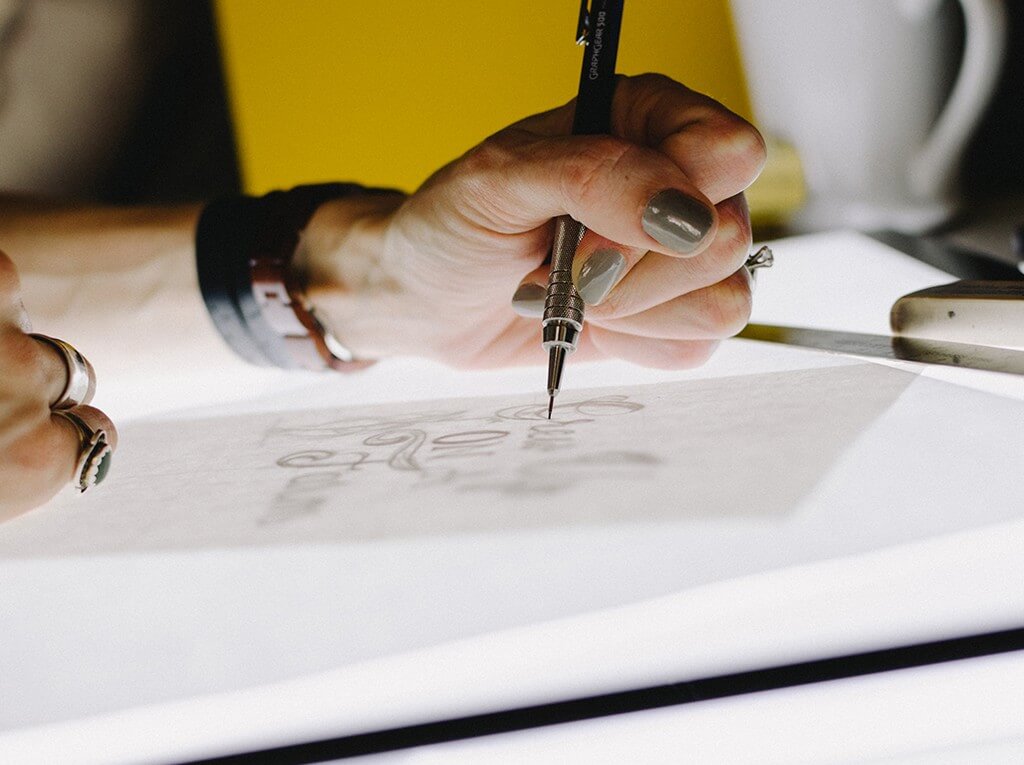Evolution of Interior Designers: The Digital Age
26/04/2022 2022-04-26 14:16Evolution of Interior Designers: The Digital Age
There was a time when interior designers were on the lookout for new colors, knowledge of their competitive roman blinds, a passionate search for decors, and above all the ability to bring to life one’s visions of their homes. However, recently the world of interior design has had to change drastically. Interior designers are now required to have the basic skills of previous years and have up-to-date software knowledge and background knowledge to use computer-aided design tools. They are also expected to have extensive knowledge of material selection, the construction process and much more. The evolution to digital platforms are now at its peaks as all businesses are now turning to ecommerce and the most preferred method of shopping and service by the customers.
Interior designing trends are now being impacted by digital platforms such as Pinterest and Instagram that are being used by many to find inspiration. These platforms are the major source for the distribution of information and are used by many across the globe, people from various cultural backgrounds have come to learn the art of appreciating similar things. These applications empower the ideas to spread faster and people across the world have begun their journey as designers for projects similar to one another. Therefore, the domination of unified trends is prevailing.
Along with these applications, there is a massive multinational marketplace that has franchises across the world, for example, Wayfair also affects the dynamics of Interior Designing, as well as various platforms like ArchDaily or Dezeen. They provide the same opportunities to the customers globally to choose from various options and curate new combinations with or without the help or consultation of an interior designer or interior decorator. As an addition to the globalization of the trends, designers are also being globalized simultaneously. Now, an Interior designer can work remotely with a client through the various online modes of communication available for consultation.
 Visualization is also widely gaining popularity through the various tools available easily in the market, that does not require a professional to operate and visualize a design. The wide majority of people currently, are developing the basic skills to design their own homes with the use of these tools that were once upon a time only accessible by highly paid designers to curate designs for their homes at a lower cost.
Visualization is also widely gaining popularity through the various tools available easily in the market, that does not require a professional to operate and visualize a design. The wide majority of people currently, are developing the basic skills to design their own homes with the use of these tools that were once upon a time only accessible by highly paid designers to curate designs for their homes at a lower cost.
Therefore, the interior design profession easily adapts to the fact that people now require a more customized solution for their homes. With the advent of affordable visualization tools, people started designing projects themselves without incurring high costs. The tools we have in the new time and era allow people to see the end product of their design so they can make changes if needed. You can make your home more livable, more technological, or even more stylish, whatever your definition of a home is. There used to be no way to see the future outcome of the design, but now there is a way.
Some people believe that modern designs lack the culture and values of the homeowners and that they all follow the same trends. This led to the homogenization of modern designs. Each design has its own origin, but people are starting to confuse them to some degree and regions having their original design conceptualizations. However, user-friendly platforms are a much more convenient way for people to design their home without a professional, even if their work is only satisfactory.
 Visualization tools have completely erased the signs of manual drawing, which has finally entered the new era. But surely there will be other technologies that will completely change the perspective of interior design. Virtual reality already exists. Provides real insight into the designs they test.But these technologies are not available to the masses. Powerful power sources are required for a full and excellent VR experience. This is likely to change in the near future with the speed that technology advances and the masses will have a way to access it as well. virtual reality at scale and without compromise.
Visualization tools have completely erased the signs of manual drawing, which has finally entered the new era. But surely there will be other technologies that will completely change the perspective of interior design. Virtual reality already exists. Provides real insight into the designs they test.But these technologies are not available to the masses. Powerful power sources are required for a full and excellent VR experience. This is likely to change in the near future with the speed that technology advances and the masses will have a way to access it as well. virtual reality at scale and without compromise.
In a few words, the interior design process can be summarized as if a customer wants the changes in a scenario, the designer sends them a link to see all the options and the changes requested by the customer using the VR glasses. Perhaps the customer can even touch and feel the fabric or see how different wallpaper designs would look in their home and then choose the best one for their taste.
Interior design is one such field that fits organically into virtual reality and augmented reality technologies. It will through and through change the method of interaction between the customer and the designer. Drawings and images are replaced by virtual reality-based assistance. But some of us still believe in the people of the future. They want to print or look at the screen because humans like to physically touch something, which is one of our six human senses. Given the speed at which technology is advancing, the future could even bring something more exciting in terms of interior design that we cannot currently foresee.
 Evolution to the digital age has advanced for the betterment of the service provider and client interaction. Interior designs can collaborate with their clients at a faster pace with the help of these technologies, designers can collaborate with their clients faster. This is the general trend of consumers wanting faster interactions with any business. Whether it’s a designer sending you an update on your future home or a bank sending you a mortgage decision, you want the answer now, not two weeks from now. The faster you can communicate, the more likely you are to keep them longer. In addition, companies should always think about adopting new technologies to improve the customer experience. Most designers still don’t realize that the project they create in AutoCAD can be rendered with Unreal Engine, which allows users to walk around virtually. Would it be easier to sell your vision? For sure. And it costs nothing. Technology has never been more accessible; Companies just have to proactively look for it
Evolution to the digital age has advanced for the betterment of the service provider and client interaction. Interior designs can collaborate with their clients at a faster pace with the help of these technologies, designers can collaborate with their clients faster. This is the general trend of consumers wanting faster interactions with any business. Whether it’s a designer sending you an update on your future home or a bank sending you a mortgage decision, you want the answer now, not two weeks from now. The faster you can communicate, the more likely you are to keep them longer. In addition, companies should always think about adopting new technologies to improve the customer experience. Most designers still don’t realize that the project they create in AutoCAD can be rendered with Unreal Engine, which allows users to walk around virtually. Would it be easier to sell your vision? For sure. And it costs nothing. Technology has never been more accessible; Companies just have to proactively look for it













